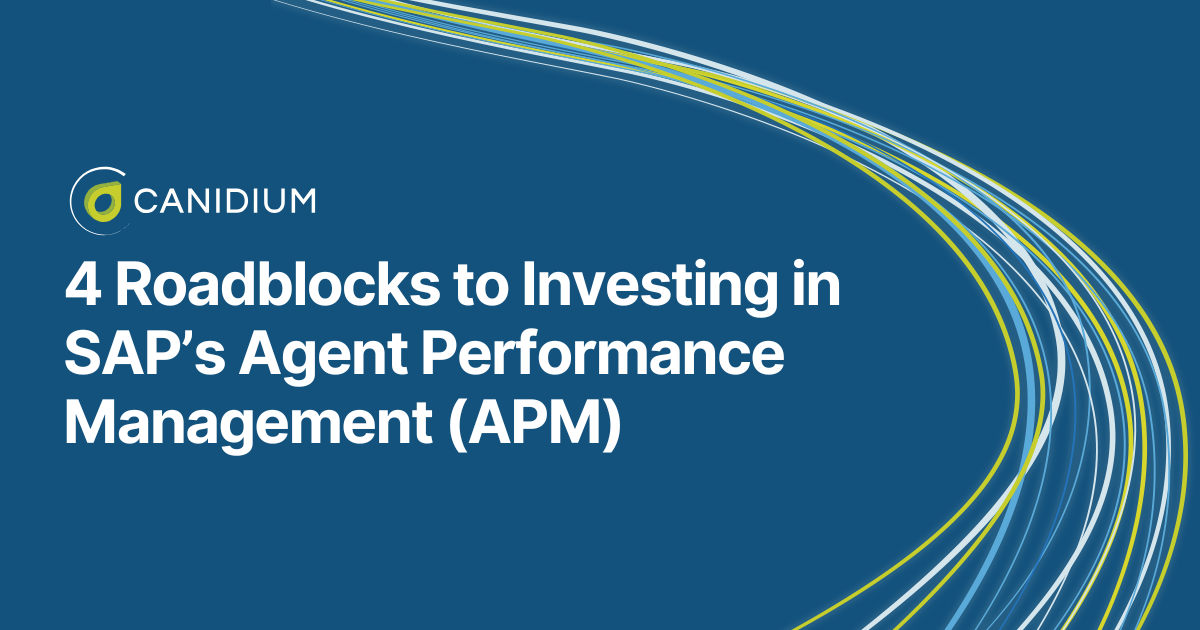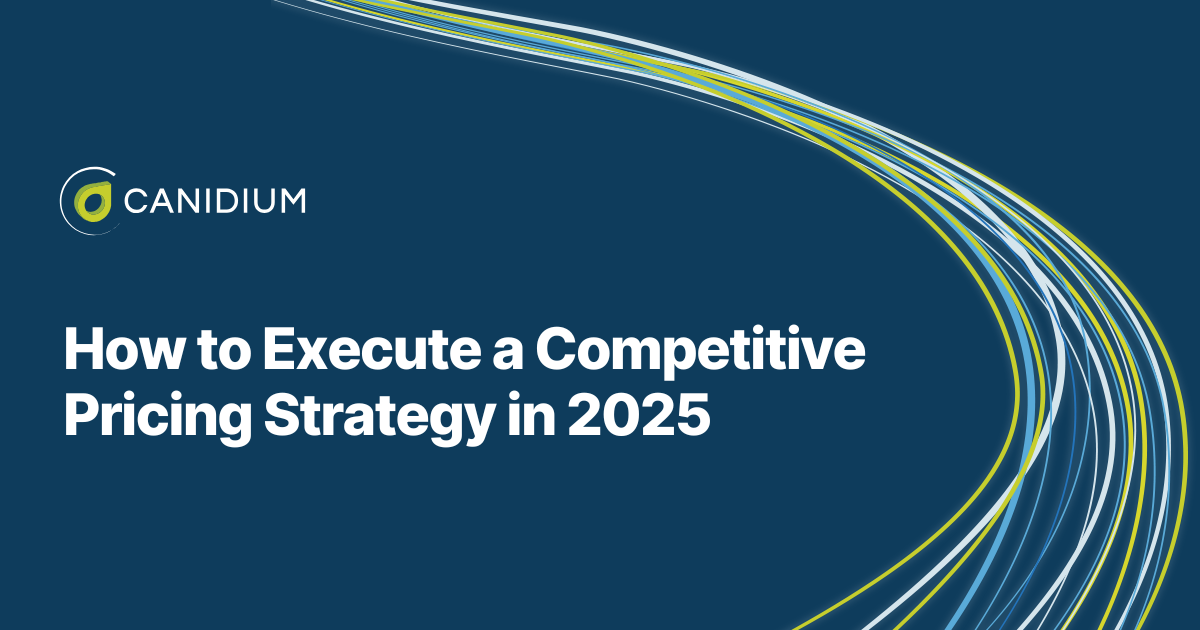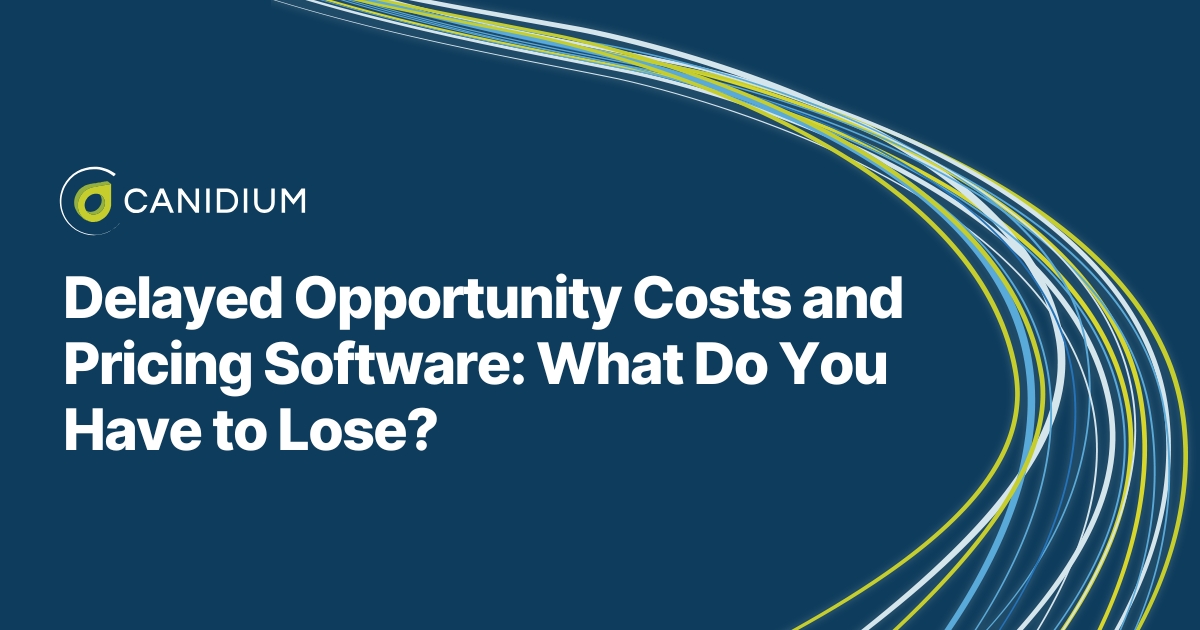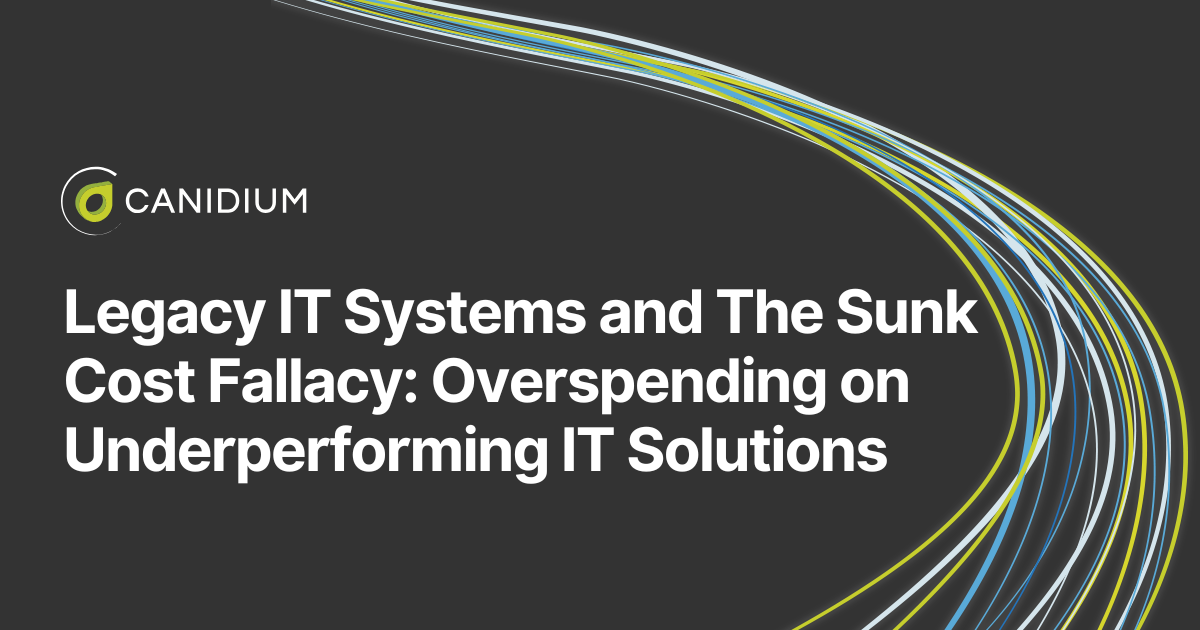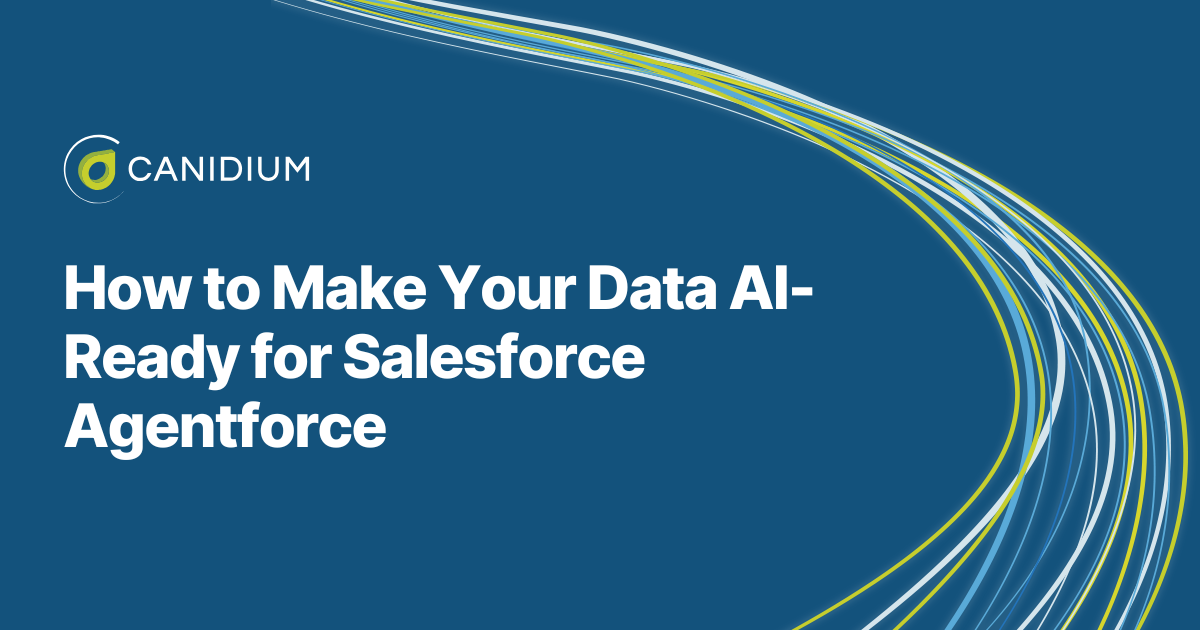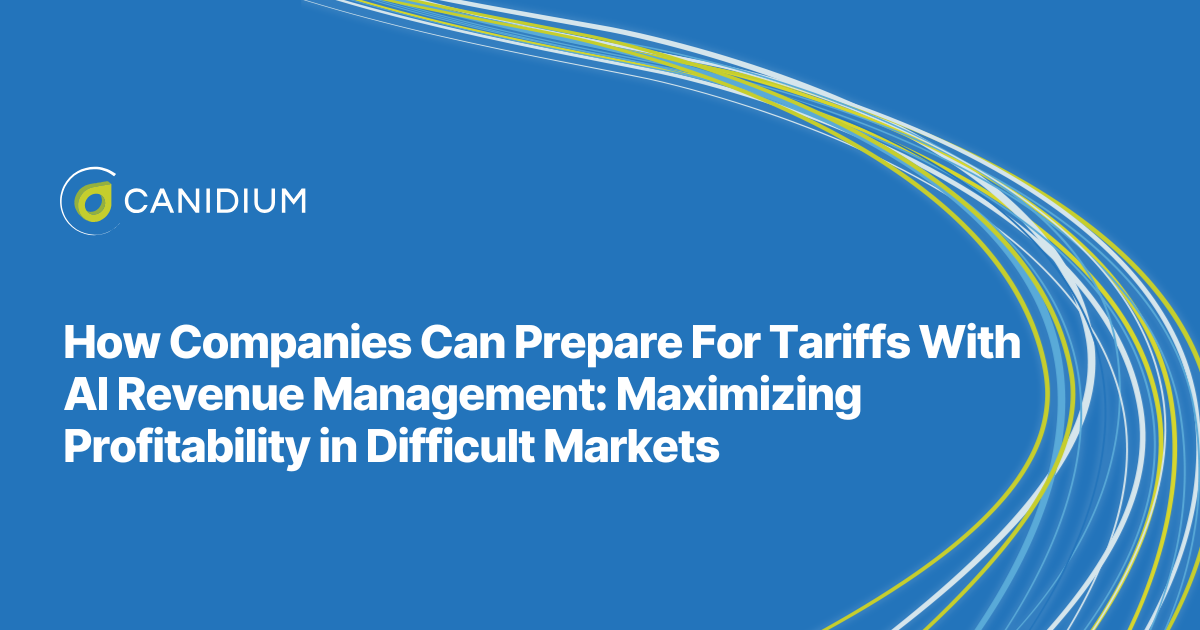SAP’s Agent Performance Management (APM) is ideal for building and managing external producer channels for insurance carriers and agencies, as well as retirement services firms. Canidium’s consulting expertise, gained from many years of helping customers transform the Producer experience, gives us a valuable third-party perspective on best practices and solutions.
To help you decide if APM is right for you, this guide offers a perspective on the following topics:
Who Are the Best Clients for SAP APM?
While SAP’s APM (Agent Performance Management) software offers a broad set of tools that are relevant for a wide range of industries, its specialized design gears the solution towards certain organizational structures.
The ideal clients for SAP APM are organizations that rely heavily on a distributed network of producers, agents or advisors to drive revenue and growth. These clients typically have complex hierarchies and compensation plans that require automation and rigorous management. Industries that benefit the most include:
- Insurance Companies: Insurance carriers are ideal candidates for APM. They manage vast networks of independent agents and agencies who sell insurance. SAP APM helps them automate onboarding, contracting, commissions, manage performance-based incentives, reporting and ensure regulatory compliance.
- Financial Services: Financial services firms offering retirement products and services with large numbers of registered investment advisors to distribute their financial products use APM to track performance and compensation. With complex incentive structures based on sales, APM ensures accurate and timely payments.
- Agencies and Brokerage Firms: These intermediary firms manage large numbers of agents and advisors. APM can be a critical tool in managing onboarding, producer data, compensation plans, bonuses, and sales performance tracking.
4 Common Reasons Companies Pause on Investing In APM
Even if a company has the ideal structure to benefit from the functionality of APM, the complexity of the tool often creates confusion surrounding the implementation process. Many companies avoid APM because of the concerns surrounding its suitability with current infrastructure, or the scope of the changes required to integrate the new producer performance management tool.
The easiest way to identify whether APM is a fit for your organization is to enlist the expertise of a software implementation partner like Candium. Canidium implements multiple sales compensation and commissions technologies and can quickly uncover business needs to determine whether APM is the best fit.
In addition to a discussion of what sales commissions technology to use, there are also some common misconceptions that may be a reason for clients to pause on considering APM to solve their business issues. Here is a straightforward explanation of the top 4 roadblocks holding companies back from implementing APM:
1. Will I Have to Upgrade From Callidus ICM to SAP APM?
If you’re still using Callidus ICM (Incentive Compensation Management) from a contract you originally signed before SAP's acquisition, you might wonder if an upgrade to SAP APM to automate onboarding, agent self-service or to add the Agent Connection portal is necessary. The short answer is no. The transition from Callidus ICM to SAP APM is purely a branding change. Under the hood, they are the same software.
2. Do We Need to Worry About a Titan Upgrade If We Choose SAP APM for Commissions Automation?
A common concern when considering SAP APM is whether major upgrades will disrupt your operations in the near future. Specifically, there’s some confusion surrounding a potential Titan upgrade.
The good news is that the Titan upgrade applies to a different SAP technology, not to SAP APM. So, if you are thinking about using APM to automate your producer commissions, there is no need to worry about any imminent back end upgrades that could affect your implementation. APM’s architecture is stable, and you can confidently move forward without this concern.
3. We Use SAP ALM. Will We Need to Switch to SAP APM?
For customers currently using SAP ALM (Agent Lifecycle Management), there is often confusion about whether a switch to SAP APM is necessary to implement further business enhancements or add the Agent Connection portal. To clarify, SAP ALM and SAP APM are separate, although similar, products that serve different purposes within SAP’s product ecosystem.
SAP ALM is primarily used for managing producer data, including onboarding, licensing, certifications, contracting, appointments and other producer lifecycle-related processes with pre-built integrations to SAP’s Incentive Management software. However, it does not include the commission calculation engine, which is a core feature of SAP APM. APM provides both producer data management and commission calculation capabilities.
If you have software that already automates commission calculations and are satisfied with it including integrations to ALM, you can implement enhancements to ALM to deliver additional producer compliance automation and there is no need to switch to APM. Also, the Agent Connection portal can be implemented directly onto ALM or APM. The key takeaway is that ALM and APM are distinct products that can be used independently depending on your business needs and producer operations infrastructure.
4. Will APM Support Agent and Agency Self-Service After Onboarding?
When considering APM for producer onboarding, many organizations want to ensure that the system can support self-service features for agents and advisors even after onboarding is deployed. The answer here is reassuring: yes. APM’s onboarding module can indeed support robust agent and agency self-service.
SAP Onboarding is delivered through a configurable workflow software platform, which Canidium has extended to provide self-service capabilities through a solution known as CALM (Canidium Agent Lifecycle Management).
CALM enables producers and agencies to manage their own profiles, complete tasks such as annual recontracting, and update relevant data—all without direct involvement from administrators. In essence, SAP Onboarding serves as a flexible accelerator to onboard new producers, while CALM and the underlying Advanced Workflow platform can be leveraged to build any additional processes or task automation required for agent self-service post-onboarding.
Additionally, it's important to note that there are never major APM upgrades in Q4 that could disrupt the Annual Enrollment Period (AEP), producer onboarding or recontracting activities.
Understanding APM’s Use Cases: Knowing When to Invest
In a nutshell, APM is an advanced solution designed to streamline and automate the management of producer performance and compensation in industries like insurance, financial services, and healthcare. It offers robust features for commission calculation, performance tracking, and incentive compensation management, making it a valuable tool for organizations with complex compensation structures and large sales networks.
If you want to learn more about what APM looks like in practice, read this comprehensive producer management case study.


